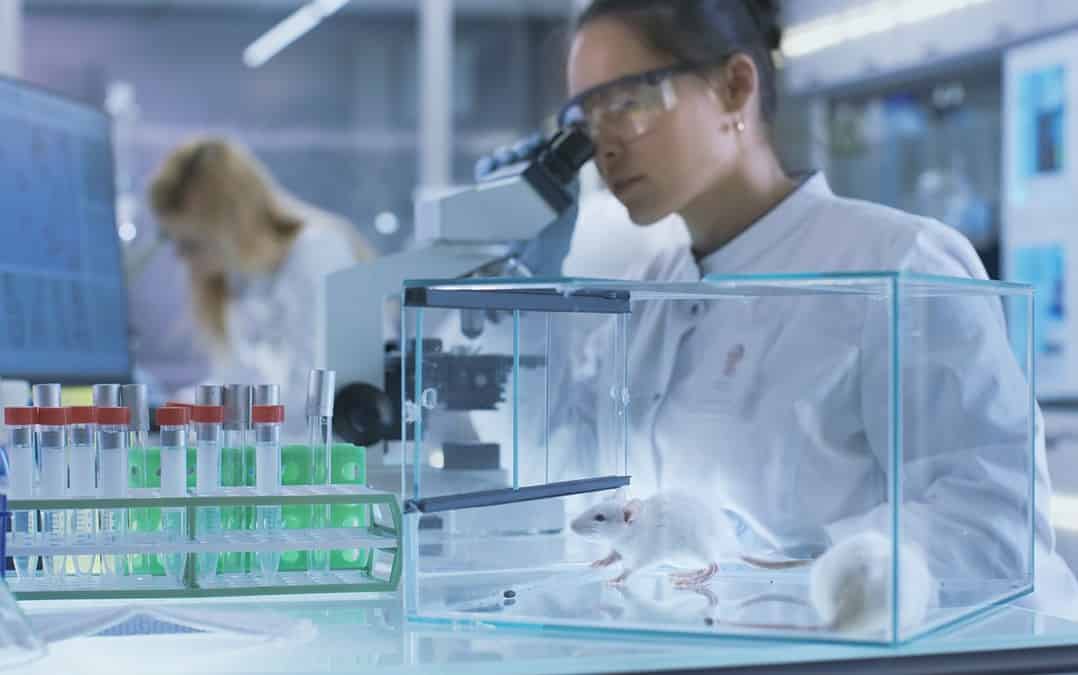BPC 157 (Body Protectant Compound 157) is a stable, synthetic gastric peptide that contains 15 amino acids (pentadecapeptide). BPC is short for Body Protection Compound – also frequently referred to as Bepecin and PL10. The peptide is a BPC portion that is separated from gastric juice. It is dissimilar to natural gastric peptides, and is synthetic. However, it may exhibit potentially increased stability when compared to other peptides and researchers suggest that the peptide may endure the breakdown of gastric acid for a minimum of 24 hours. BPC is considered a natural element, potentially inducing certain repair mechanisms on a cellular level, leading to various scientific hypotheses related to its capacity to promote healing of damaged tissue. Researchers have studied the peptide closely within the context of intestinal repair, reported that despite the fact that the endogenous peptide was first isolated within the intestine, the peptide appears to generate similar action throughout various bodily tissues. Experiments in animal models have suggested that the potential mechanisms of BPC-157 are, to a degree, linked to the proposed mechanism of action of the growth hormone hGH.
Peptide Research
Various studies on animal subjects suggested that BPC-157 may potentially stimulate repair in certain tissue injuries such as transected muscle and IBD.(1) Another study on murine models posited that a portion of the healing response may be due to increased growth hormone receptor expression in the damaged tissues exposed to BPC peptides.(2) Normal tissue healing involves a great number of growth factors to take place. Just a few of these growth factors include transforming GF beta, growth hormone, IGF, and platelet-derived GF. Both the particular damaged tissue and the extent of its damage determine the function that is taken on by each growth factor. Growth hormone is considered to be highly active in connective tissue repair – tissues such as cartilage, bone, muscle, tendons, and ligaments. BPC-157 has exhibited potential to induce increased natural collagen secretion, which is considered to function as the foundation for a number of connective tissues. By promoting GH recruitment to injured tissue, BPC-157 may potentially speed up the recovery process.
BPC-157 Peptide and Fibroblast Activity
Fibroblasts are roaming cells present in the majority of connective tissues (bones, tendons, muscle, gastric mucosa, skin, etc.). When tissue is injured, fibroblasts rush to the damaged area to start the repair process. They may also split and multiply in an effort to have more fibroblasts available if necessary. Research has suggested that concentrations of BPC peptide may impact fibroblast relocation; higher BPC levels have been suggested to indicate an increase in fibroblast relocation. Studies have suggested that BPC may manage the role of collagen fragments by stimulating fibroblast function, which are considered responsible for the maintenance and deposition of collagen. Research has also hypothesized that BPC-157 may have an impact on fibroblasts through its proposed expression up-regulation of the growth hormone receptor gene. This basically asserts that Body Protection Compound 157 may have the potential to manipulate DNA function. Furthermore, besides its consideration as an attractant, certain research has supported the theory that Body Protection Compound 157 may potentially accelerate migration of fibroblasts. In addition to their reactive migration, another projected response is fibroblast reproduction (or outgrowth) in response to BPC-157, which researchers reported appeared to be about 3x higher when exposed to Body Protection Compound.(1) Research indicates that BPC-157 may potentially induce repair mechanisms in many different tissues including bones, skeletal muscles, ligaments, and tendons. Current studies conducted on animal subjects propose that BPC-157 might impact numerous growth factors that are normally a part of blood vessel production (angiogenesis), as well as other factors involved in post-injury regeneration.
BPC-157 and Tendon Healing
Unfortunately, the casual recovery of ligaments and tendons is not great, which researchers consider may be due in part to finite blood supply. After a tranverse cut in rodents’ Achilles tendon, BPC exposure was reported to have stimulated and hastened the animals’ natural healing process, and soon after, the complete integrity of the tendons were reported to have been restored.(3) Similar results were observed in exploration of ligament injuries in rodents. BPC was suggested to display an enhancement in healing, even three months following the surgical cut. More research is needed in this area to understand the peptide’s mechanism of action and full impact.
BPC-157 and Brain Healing
BPC-157 has also been suggested to have an impact on edema, hemorrhages, and inflammation following traumatic brain damage and a number of serious brain pathologies resulting from liver/gastrointestinal lesions, or NSAID and insulin overdose. More research is needed in this area to understand the peptide’s mechanism of action and full impact.
BPC-157 and Blood Vessel Damage
BPC-157 exhibited a strong impact in some research studies for new blood vessel formation (angiogenesis), while also guarding the endothelium, and both inhibiting and reversing the formation of blood clots following an anastomosis of the abdominal aorta. BPC functions using various vasoactive routes may result in the betterment of the recovery process.
Researchers can find BPC-157 for sale online, but it’s best to use a trusted source. Note that the peptide is only available for educational and research purposes and is strictly unapproved for human consumption or personal use.
References:
- T. Cerovecki, I. B., et al. Pentadecapeptide BPC 157 (PL 14736) improves ligament healing in the rat, Orthopaedic Research Society, Pub. Wiley Periodicals, 2010.
- C.H. Chang, et al. Pentadecapeptide BPC 157 enhances the growth hormone receptor expression in tendon fibroblasts, Mol. Basel Switzerland, 2014.
- Gwyer, D., et al. Gastric pentadecapeptide body protection compound BPC 157 and its role in accelerating musculoskeletal soft tissue healing. Journal contribution, 2019.
NOTE: These products are intended for laboratory research use only. This peptide is not intended for personal use. Please review and adhere to our Terms and Conditions before ordering.

